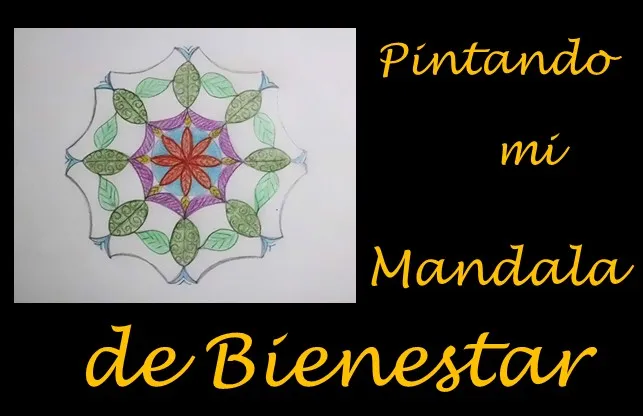
Mi mandala de bienestar
Cuando hablamos de bienestar interior hacemos referencia a ese sentirse bien con lo que eres, haces, tienes y sientes es un estado de equilibrio que independientemente de lo que suceda a tu alrededor te sientes en sosiego y paz.
Hoy en día somos más conscientes de que este bienestar podemos propiciarlo. Existen muchas estrategias que nos ayudan a sentirnos bien, también conocemos que todo comienza con nuestros pensamientos, en aquietarlos y conducirlos por donde queremos. Al calmar la mente calmamos el espíritu y ello nos lleva al bien-estar.
Una de estas estrategias es hacer y pintar mandalas. Los mandalas son de origen hindú y llegan al mundo occidental de la mano del psiquiatra Carl Jung quien los utilizó como terapia para encontrar quietud y abrir un espacio para el autoconocimiento, explorando aquello que sentimos y profundizando en él porque lo sentimos. De aquel tiempo al presente es mucho lo que se ha avanzado en el significado de esta técnica y se incluye en ese concepto que conocemos como arte-terapia.
Ayer domingo recibí la invitación de la amiga @devania para participar en el maravilloso concurso propuesto por la comunidad @holos-lotus una iniciativa encantadora porque, más que técnica, nos pide “el cómo te sentiste” al realizar el mandala. Tengo tiempo haciendo mandalas y realmente disfruto mucho el momento, logro abstraerme del mundo exterior y hacer la actividad llena de cariño y apertura. A continuación, les comento la experiencia al realizar “Mi mandala de bienestar”.
1.- Iniciando
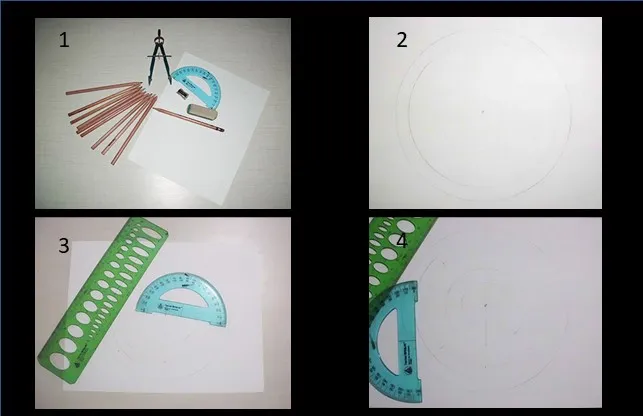
En esta primera parte se hace lo básico:
1.- Buscar los materiales que voy a utilizar, en este caso: colores, sacapuntas, borrador, hoja blanca, transportador, compás y regla.
2.- Comienzo a trazar las líneas para lo cual tengo una idea de lo que deseo hacer. Me gusta hacer mandalas lo más grande que pueda. Trazo varios círculos, es probable que no los utilice todos, sin embargo, los trazo porque siento que me dan más posibilidades.
3 y 4.- Primero divido el círculo en 4 partes iguales tomando como referencia el centro. Trazo una cruz y a partir de allí, con el transportador, voy marcando los 45° para dividir circunferencia en ocho partes iguales.
2.- Hora de soltarse
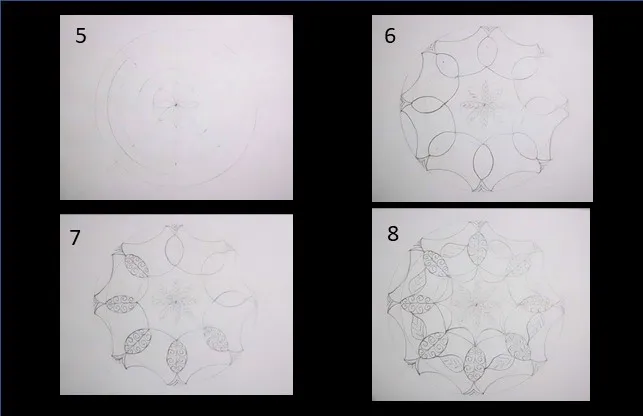
En esta segunda etapa comienzo a soltarme, a relajarme, a sentir: cómo me siento, qué es lo que sale de mí, qué quiero plasmar. Comienzo por el centro, con mi intención de expansión, de sentir mi buena vibra y expandirla al exterior, llenar el espacio de esa sensación agradable de bienestar interior.
Lo que me viene primero es hacer una flor y con ella lleno el centro una vez que está hecha (Fig. 5) voy llenando cada pétalo de líneas cortas iniciando del borde al centro, sintiendo que atraigo energía positiva hacia mí. luego pasó a marcar unos semicírculos, también con sus extremos hasta el interior y de allí hago las hojas grandes. Finalizo cada una con una figura abierta hacia el exterior (Fig.6) y en cada centro otra más pequeña, con ellas continúo sintiendo ese intercambio de energía positiva entre los que sale de mí y atraigo del universo. Marco nuevos semicírculos, más amplios, más apertura.
Me dedico a hacer las espirales (Fig. 7) dentro de las hojas grandes, sintiéndome muy bien, estas figuritas me llevan más hacia mi mundo interior, hacia mí misma, luego me nace hacer unas hojas con líneas más suaves, acorde a lo que estoy sintiendo un movimiento suave y liviano. (Fig. 8)
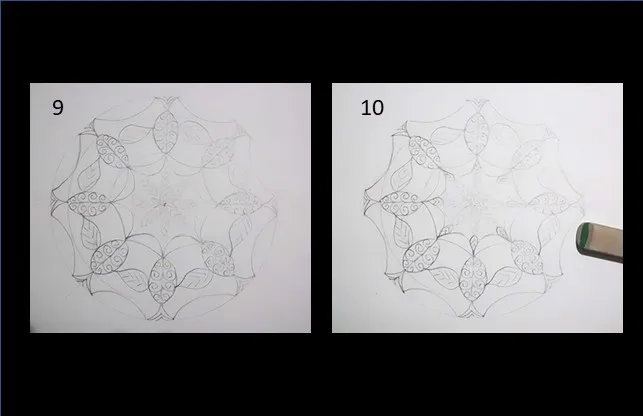
Sigo agregando detalles que expresen lo siento, borro la línea del círculo grande con la idea de borrar límites a mi energía dispuesta a dar y recibir. (Fig. 9 y 10)
Conectando con el color

Pintar el mandala es otro momento fabuloso y de gran conexión. El primer color que usó es el naranja, uno de mis colores predilectos con el cual me identifico mucho. Es un color que me produce alegría pero sin llegar al extremo del alboroto que me produce el rojo. Siento que me da equilibrio, que estoy entre la calidez del amarillo y la fuerza del rojo, allí me ubico, siento que es mi color, lo rodeo con el azul asociándolo con la paz interior que siento que me rodea. (Fig.11).
Bordeo todo con el color violeta, un color que asocio con la salud que junto a las líneas curvas hacia adentro y sus puntas tiene esa implicación de la que hablaba anteriormente, atraer energías positivas hacia mi salud. (Fig.12).
Sigo con los verdes, mi contacto con la naturaleza, amo ese color, vivo rodeada de verde, me da una sensación de paz, me crea una gran conexión con el bienestar. Disfruto al máximo este momento. (Fig. 13 y 14)
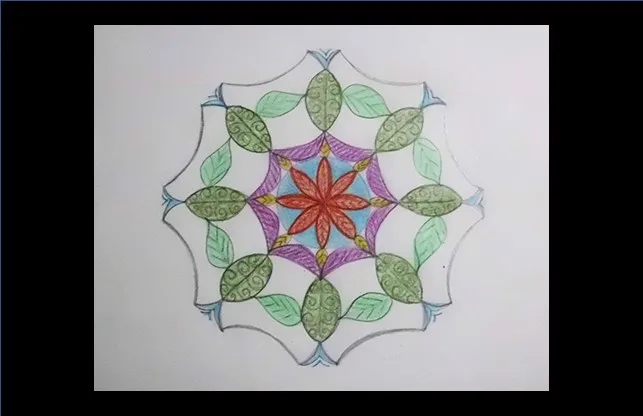
Y así llego al final del mi mandala de bienestar. Lo culmino con el color plateado que asocio con la abundancia y el azul con la tranquilidad que, unidos a las líneas abiertas hace que me sienta en interacción constante con el universo. He dejado espacios en blanco los cuales siento como ventanas de entrada de luz, aire, salud y receptividad por donde entra todo el bienestar que atraigo.
Ha sido una actividad maravillosa nuevamente gracias a @devania por la invitación y a la comunidad @holos-lotus por tan bella iniciativa. Invito a participar y disfrutar de esta agradable actividad a las amigas: @lisfabian, @mafalda2018 y @marybellrg. De igual manera es una excelente oportunidad para agradecer a los patrocinadores y aliados que a través del apoyo a las distintas comunidades somos apoyados los creadores de contenido, gracias, gracias.
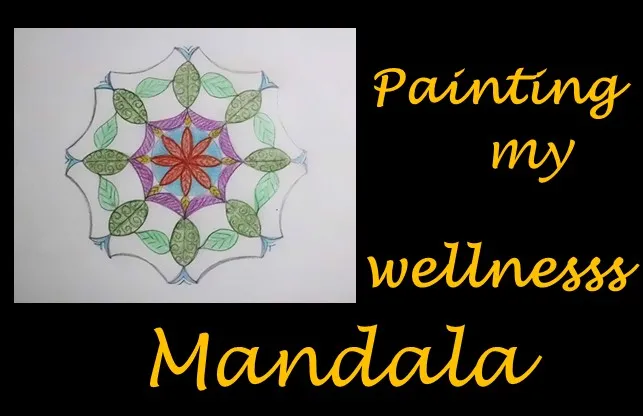
When we talk about inner well-being we refer to that feeling good with what you are, do, have and feel is a state of balance that regardless of what happens around you feel calm and peace.
Nowadays we are more aware that we can promote this well-being.
There are many strategies that help us to feel good, we also know that everything begins with our thoughts, to calm them and lead them where we want. By calming the mind we calm the spirit and this leads us to well-being.
One of these strategies is to make and paint mandalas. Mandalas are of Hindu origin and came to the Western world by the hand of psychiatrist Carl Jung who used them as a therapy to find stillness and open a space for self-knowledge, exploring what we feel and deepening it because we feel it. From that time to the present, much progress has been made in the meaning of this technique and it is included in the concept we know as art therapy.
Yesterday, Sunday, I received the invitation from my friend @devania to participate in the wonderful contest proposed by the #Holos&Lotus community, a lovely initiative because, more than technique, it asks us "how you felt" when making the mandala. I have been doing mandalas for a long time and I really enjoy the moment, I manage to abstract myself from the outside world and do the activity full of affection and openness. Next, I will tell you about the experience of making "My wellness mandala".
1.- Stirling

In this first part we do the basics:
1.- Look for the materials I am going to use, in this case: colors, pencil sharpener, eraser, white sheet, protractor, compass and ruler.
2.- I start to draw the lines for which I have an idea of what I want to do. I like to make mandalas as big as I can. I draw several circles, I probably won't use all of them, however, I draw them because I feel they give me more possibilities.
3 and 4.- First I divide the circle in 4 equal parts taking the center as a reference. I draw a cross and from there, with the protractor, I mark the 45° to divide the circle in eight equal parts.
2.- Time to let go

In this second stage I begin to let go, to relax, to feel: how I feel, what comes out of me, what I want to express. I start from the center, with my intention to expand, to feel my good vibe and expand it to the outside, to fill the space with that pleasant feeling of inner wellbeing.
What comes to me first is to make a flower and with it I fill the center, once it is done (Fig. 5) I fill each petal with short lines starting from the edge to the center, feeling that I attract positive energy to me. then I mark some semicircles, also with their ends to the inside and from there I make the big leaves. I finish each one with an open figure towards the outside (Fig.6) and in each center another smaller one, with them I continue feeling that exchange of positive energy between what comes out of me and what I attract from the universe. I make new semicircles, wider, more open.
I dedicate myself to make the spirals (Fig. 7) inside the big leaves, feeling very good, these little figures take me more towards my inner world, towards myself, then I make leaves with softer lines, according to what I am feeling, a soft and light movement. (Fig. 8)

I continue adding details that express what I feel, I erase the line of the big circle with the idea of erasing limits to my energy willing to give and receive. (Fig. 9 and 10)
Connecting with color

Painting the mandala is another fabulous moment of great connection. The first color I used is orange, one of my favorite colors with which I identify a lot. It's a color that makes me happy but without the extreme fussiness that red makes me feel. I feel that it gives me balance, that I am between the warmth of yellow and the strength of red, there I place myself, I feel that it is my color, I surround it with blue associating it with the inner peace that I feel that surrounds me. (Fig.11).
I surround everything with the color violet, a color that I associate with the health that together with the curved lines towards inside and its points has that implication of which I spoke previously, to attract positive energies towards my health. (Fig.12).
I continue with greens, my contact with nature, I love that color, I live surrounded by green, it gives me a sense of peace, it creates a great connection with wellness. I enjoy this moment to the fullest. (Fig. 13 and 14)

And so I reach the end of my mandala of well-being. I finish it with the silver color that I associate with abundance and the blue with tranquility that, together with the open lines, makes me feel in constant interaction with the universe. I have left blank spaces which I feel as windows of light, air, health and receptivity through which all the wellbeing I attract enters.
It has been a wonderful activity again thanks to @devania for the invitation and to the @Holos-Lotus community for such a beautiful initiative. I invite to participate and enjoy this nice activity to my friends: @lisfabian, @mafalda2018 and @marybellrg. It is also an excellent opportunity to thank the sponsors and allies that through their support to the different communities we, the content creators, are supported, thank you, thank you.
Translated with www.DeepL.com/Translator (free version)
Fuente de imágenes: Archivo personal
Nota: Hago beneficiaria a la comunidad @holos-lotus del 5% de esta publicación.




MIS REDES SOCIALES

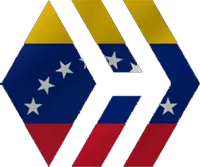


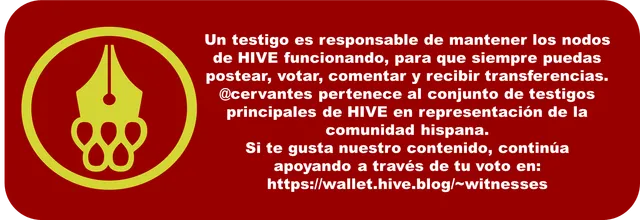
Te invito a apoyar este proyecto como witnes y a formar parte de esta gran comunidad uniéndote a su Discord en el siguiente enlace:
Discord de la comunidad Cervantes




